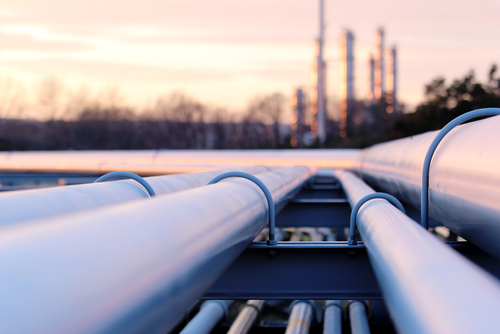
Eying ways to increase national safety alongside emissions reduction efforts, the U.S. Department of Transportation (USDOT) last week released details of a planned overhaul to pipeline leak detection and repair standards.
“We are proposing a long-overdue modernization of the way we identify and fix methane leaks, thereby reducing emissions and strengthening protections for the American people,” Buttigieg said.
As soon to be published in the Federal Register, the proposed new rule would update decades-old federal standards reliant on human senses and make pipeline operators add a layer of commercially available, advanced technologies to find and fix leaks of methane and other flammable, toxic, and corrosive gasses. This would affect more than 2.7 million miles of gas transmission, distribution, and gathering pipelines, more than 400 underground natural gas storage facilities, and 165 liquefied natural gas (LNG) facilities.
Such an action was requested under the PIPES Act of 2020, and in the years since USDOT’s Pipeline and Hazardous Materials Safety Administration (PHMSA) has inspected operations and maintenance plans nationwide. Overall, the department said updates would increase public safety while reducing methane and other pollutant emissions, particularly in certain communities.
“On a bipartisan basis, Congress came to the common-sense conclusion that it is finally time to deploy modern technologies to find and repair pipeline leaks to prevent waste of valuable products and protect people and the environment,” PHMSA Deputy Administrator Tristan Brown said. “This rule will deploy pipeline workers across the country to find and repair leaks that will improve safety for the public—and will ensure America continues to be the global leader in methane mitigation, which is one of the most potent greenhouse gases threatening the economy and our planet today.”
One of the biggest changes mandated by the rule would be for pipeline operators to create advanced leak detection programs to detect and repair all gas leaks. The frequency of surveys would rise, and these operators would need to tap the new technologies – from aerial or vehicle surveys, handheld detection devices, continuous monitoring systems, or otherwise – to meet new minimum performance standards.
Reporting minimum thresholds will be lowered. Additionally, new criteria for the repair of leaks posing risks to public safety or the environment will be made explicit and timelines enforced once the rule and its demands for compliance from pipeline operators are finalized – likely in the coming months.




